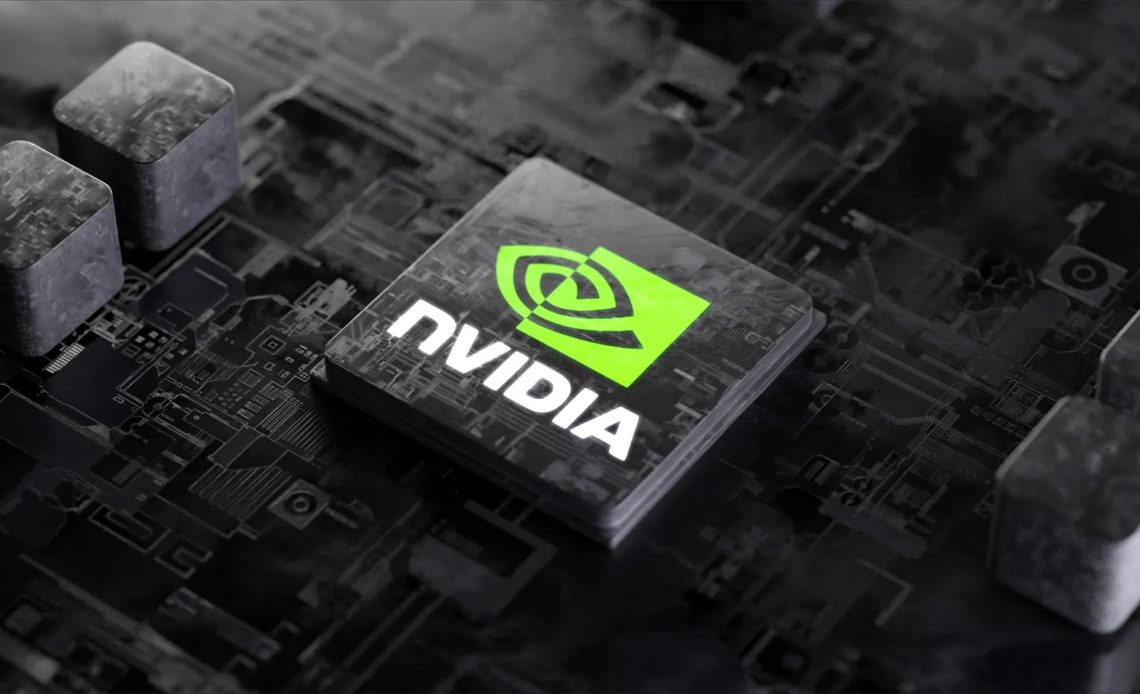Nvidia, a global leader in graphics processing and artificial intelligence (AI), has made bold predictions about the future of AI infrastructure, forecasting significant changes in 2025. These projections are rooted in the company’s analysis of emerging trends in AI development, hardware innovation, and cloud computing. As AI continues to revolutionize industries, Nvidia’s insights offer a glimpse into how technological advancements may reshape the landscape in the coming year.
Jump Ahead To:
The Rise of Specialized AI Chips
One of Nvidia’s key predictions is the growing dominance of specialized AI chips. While general-purpose GPUs have been the backbone of AI development, the increasing complexity of AI models and workloads is driving demand for tailored solutions. Nvidia foresees a surge in the adoption of Application-Specific Integrated Circuits (ASICs) and custom chips optimized for specific AI tasks such as natural language processing, computer vision, and generative AI.
“The future of AI infrastructure lies in specialization,” said Jensen Huang, Nvidia’s CEO, at a recent tech conference. “By 2025, we anticipate that many organizations will deploy hybrid systems combining GPUs, ASICs, and other accelerators to achieve unprecedented levels of performance and efficiency.”
Data-Centric AI Architecture
As AI systems become more data-hungry, Nvidia predicts a shift toward data-centric AI architecture. This approach emphasizes the importance of data quality, curation, and accessibility in driving AI advancements. The company expects to see increased investment in high-speed data storage and transfer solutions, enabling AI models to process vast datasets in real time.
Technologies like Nvidia’s own NVLink and Spectrum Ethernet switches are poised to play a critical role in facilitating this transformation. By ensuring seamless communication between components, these technologies aim to reduce bottlenecks and improve the overall efficiency of AI workflows.
Cloud and Edge AI Expansion
Another major trend highlighted by Nvidia is the convergence of cloud and edge computing in AI deployment. While cloud platforms have dominated AI infrastructure, the need for low-latency processing is driving interest in edge computing. Nvidia predicts that by 2025, a significant portion of AI workloads will run on edge devices, supported by advancements in hardware and software frameworks.
This hybrid model, combining the scalability of cloud computing with the immediacy of edge processing, is expected to unlock new possibilities for industries like healthcare, autonomous vehicles, and smart cities. Nvidia’s Jetson platform, designed for edge AI, is likely to be a key enabler of this trend.
Generative AI and Foundation Models
The rise of generative AI and foundation models is another area where Nvidia sees transformative potential. These massive AI systems, capable of creating text, images, and other content, require unprecedented computational power and infrastructure. Nvidia anticipates that by 2025, the proliferation of these models will drive demand for hyperscale data centers equipped with next-generation GPUs like the Nvidia H100 Tensor Core.
Moreover, Nvidia predicts that organizations will increasingly adopt AI-as-a-Service models to access these powerful systems without investing in costly infrastructure. This democratization of AI capabilities could accelerate innovation across sectors.
Sustainability at the Forefront
Sustainability will also be a defining factor in the evolution of AI infrastructure. Nvidia emphasizes the importance of energy-efficient designs to address the growing environmental impact of AI operations. The company expects widespread adoption of liquid cooling, renewable energy integration, and AI-driven optimization to reduce the carbon footprint of data centers.
Conclusion
As 2025 approaches, Nvidia’s predictions underscore a pivotal moment for AI infrastructure. With advancements in specialized chips, data-centric designs, hybrid cloud-edge models, and sustainable practices, the future of AI promises to be more powerful, accessible, and environmentally conscious. These shifts not only reflect the rapid pace of technological innovation but also highlight the critical role of infrastructure in shaping the AI-driven world.

